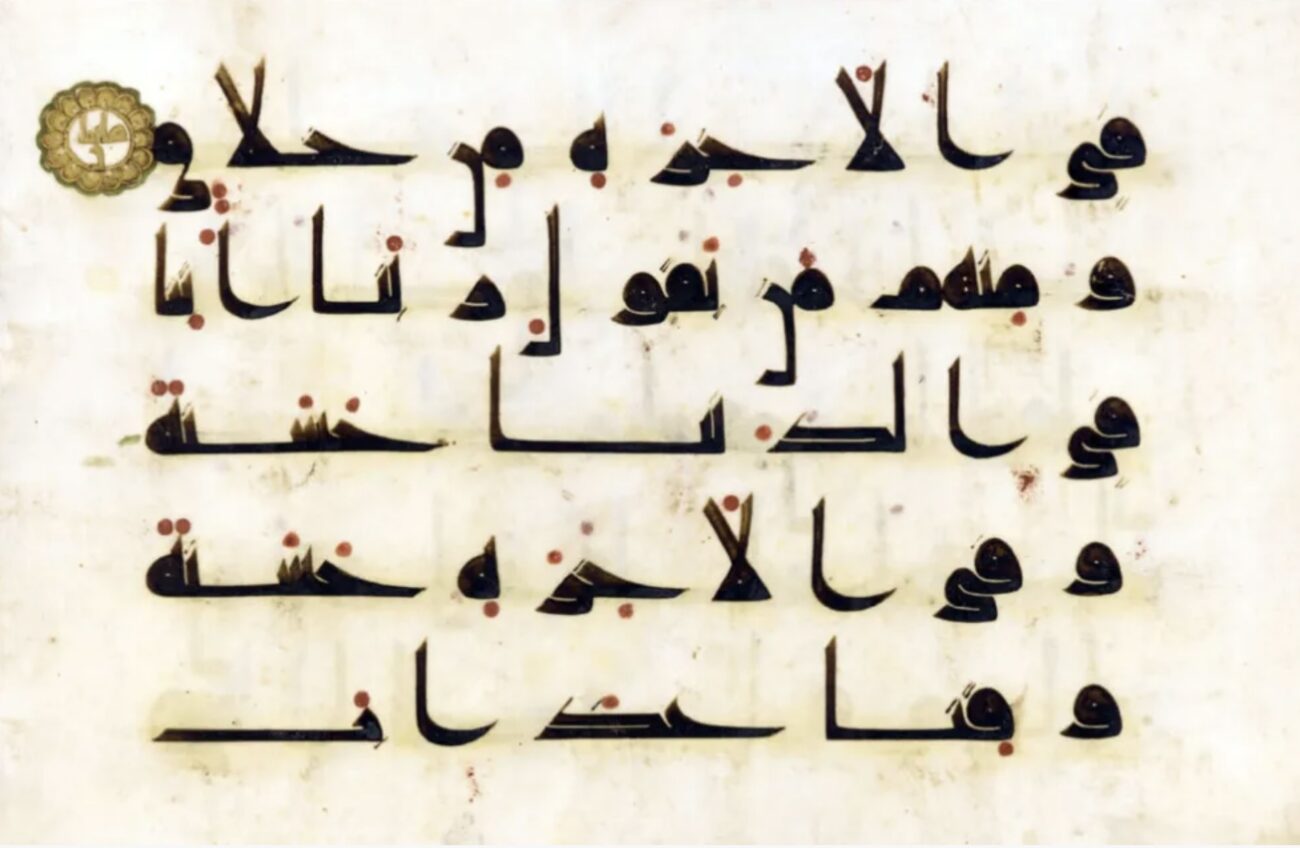Kufi Calligraphy and my Philosophy of History &
from the internet websiteö biyografya.com) Şahin Uçar, Poet, Writer, Musician Poet and writer (b. 12 February 1949, Acıyurt / Sivas). He graduated from 4 Eylül High School and Istanbul University, Department of History (1972). His PhD thesis was Arapların Anadolu Seferleri / 640-750 (Anatolian Expeditions of the Arabs / 640-750, 1983). He worked as a music teacher at the school from which he graduated (1974). He became […]

